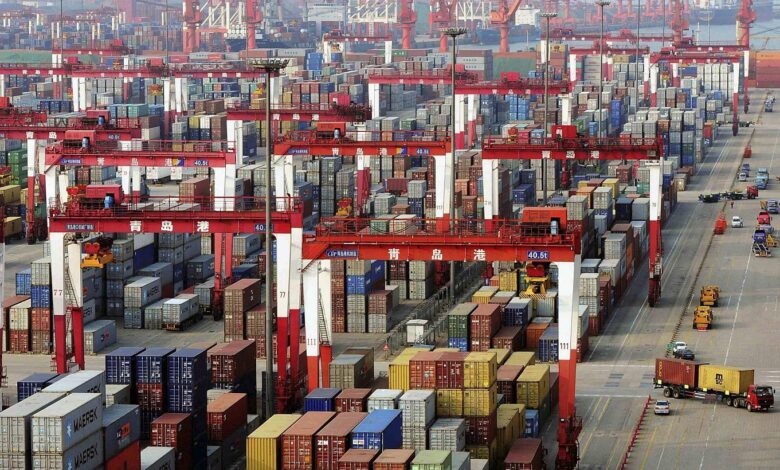
China imports are not growing; exports are at record levels
In September, China continued to set export records; for the first time in history, exports exceeded $0.3 trillion per month and amounted to $305.7 billion – an increase of 28.1% and an increase of 40.1% above the level of September 2019.
Imports amounted to $239 billion, but the growth here is more modest – only 17.6%, although it has grown by a third in two years. As a result, China’s foreign trade balance jumped to $66.7 billion in a month (for the year, the ratio amounted to $0.64 trillion, which is 1.5 times more than pre-crisis levels).
At the same time, China actively increased the costs of gas and coal imports in September by 9.5% mom and 25.7% mom in money, respectively; in physical terms, imports increased by 1.7% mom and 17.2% mom, respectively. In general, imports adjusted for seasonality are not growing, and in physical terms, they have decreased in many positions, but exports continued to set new and new records. In this regard, China actively earns on external solid demand, but weak domestic demand slows down imports.
However, given the rise in prices for all resource goods, China will have to spend more and more on imports in the coming months, putting pressure on the trade balance.
Oil imports amounted to 10 mb/d; in September, it decreased from 10.5 mb/d in August, but it has hardly changed for six months in a row. After a sharp decline in the second quarter, crude oil imports averaged ten mb/d for the first half of the year, i.e., showed almost zero growth relative to 2019 and was 1.6 mb/d below the level of 2-3 quarters of 2020.
In general, China has reduced oil imports, and is increasing coal and gas imports, although everything is not so simple with gas yet – physical senses are growing relatively weakly.